['Air Programs']
['Air Quality']
11/20/2023
...
(a) Sections 60.8 (d) and (f) do not apply to the performance test procedures required by this subpart.
(b) The owner or operator of an affected facility shall conduct an initial performance test as required under �60.8(a) and thereafter a performance test each calendar month for each affected facility according to the procedures in this paragraph.
(1) An owner or operator shall use the following procedures for any affected facility that does not use a capture system and control device to comply with the emissions limit specified under �60.452. The owner or operator shall determine the composition of the coatings by formulation data supplied by the coating manufacturer or by analysis of each coating, as received, using Method 24. The Administrator may require the owner or operator who uses formulation data supplied by the coating manufacturer to determine the VOC content of coatings using Method 24. The owner or operator shall determine the volume of coating and the mass of VOC-solvent used for thinning purposes from company records on a monthly basis. If a common coating distribution system serves more than one affected facility or serves both affected and existing facilities, the owner or operator shall estimate the volume of coatings used at each facility, by using the average dry weight of coating and the surface area coated by each affected and existing facility or by other procedures acceptable to the Administrator.
(i) Except as provided in paragraph (b)(1)(iv) of this section, the weighted average of the total mass of VOC's consumed per unit volume of coating solids applied each calendar month will be determined as follows.
(A) Calculate the mass of VOC's consumed (Mo + Md) during the calendar month for each affected facility by the following equation:

(?LdjDdj will be 0 if no VOC-solvent is added to the coatings, as received)
where:
n is the number of different coatings used during the calendar month, and
m is the number of different VOC-solvents added to coatings during the calendar month.
(B) Calculate the total volume of coating solids used (Ls) in the calendar month for each affected facility by the following equation:
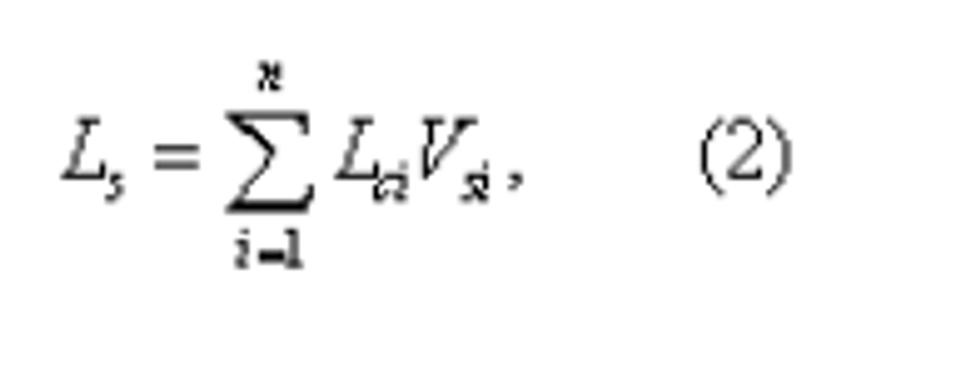
where n is the number of different coatings used during the calendar month.
(C) Select the appropriate transfer efficiency from table 1. If the owner or operator can demonstrate to the satisfaction of the Administrator that transfer efficiencies other than those shown are appropriate, the Administrator will approve their use on a case-by-case basis. Transfer efficiencies for application methods not listed shall be determined by the Administrator on a case-by-case basis. An owner or operator must submit sufficient data for the Administrator to judge the accuracy of the transfer efficiency claims.
| Application method | Transfer efficiency (Tk) |
|---|---|
| Air-atomized spray | 0.40 |
| Airless spray | 0.45 |
| Manual electrostatic spray | 0.60 |
| Flow coat | 0.85 |
| Dip coat | 0.85 |
| Nonrotational automatic electrostatic spray | 0.85 |
| Rotating head automatic electrostatic spray | 0.90 |
| Electrodeposition | 0.95 |
Where more than one application method is used within a single surface coating operation, the owner or operator shall determine the composition and volume of each coating applied by each method through a means acceptable to the Administrator and compute the weighted average transfer efficiency by the following equation:
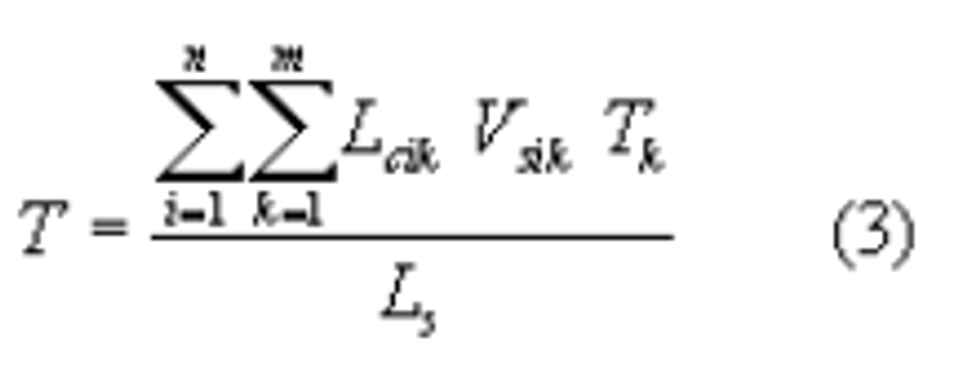
where:
n is the number of coatings (or input streams) used, and
m is the number of application methods used.
(D) Calculate the volume-weighted average mass of VOC's consumed per unit volume of coating solids applied (G) during the calendar month for each affected facility by the following equation:
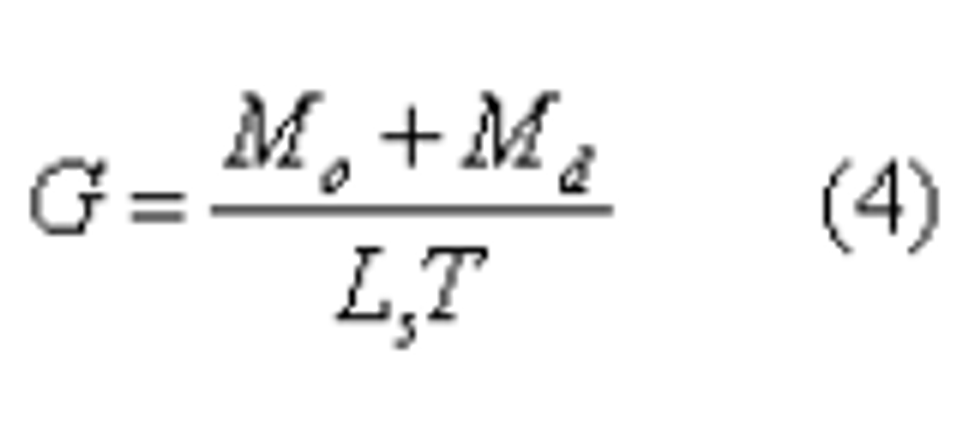
(ii) Calculate the volume-weighted average of VOC emissions to the atmosphere (N) during the calendar month for each affected facility by the following equation:
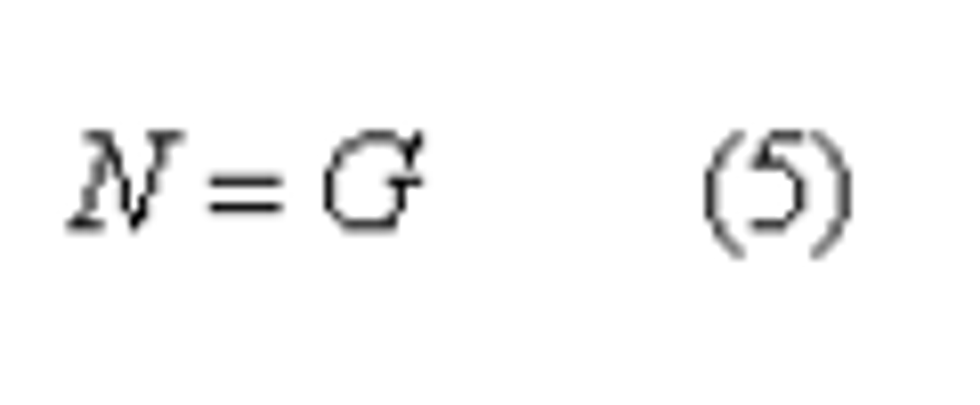
(iii) Where the volume-weighted average mass of VOC's discharged to the atmosphere per unit volume of coating solids applied (N) is equal to or less than 0.90 kilogram per liter, the affected facility is in compliance.
(iv) If each individual coating used by an affected facility has a VOC content, as received, which when divided by the lowest transfer efficiency at which the coating is applied, results in a value equal to or less than 0.90 kilogram per liter, the affected facility is in compliance, provided no VOC's are added to the coating during distribution or application.
(2) An owner or operator shall use the following procedures for any affected facility that uses a capture system and a control device that destroys VOC's (e.g., incinerator) to comply with the emission limit specified under �60.452.
(i) Determine the overall reduction efficiency (R) for the capture system and control device. For the initial performance test the overall reduction efficiency (R) shall be determined as prescribed in A, B, and C below. In subsequent months, the owner or operator may use the most recently determined overall reduction efficiency (R) for the performance test, providing control device and capture system operating conditions have not changed. The procedure in A, B, and C, below, shall be repeated when directed by the Administrator or when the owner or operator elects to operate the control device or capture system at conditions different from the initial performance test.
(A) Determine the fraction (F) of total VOC's emitted by an affected facility that enters the control device using the following equation:
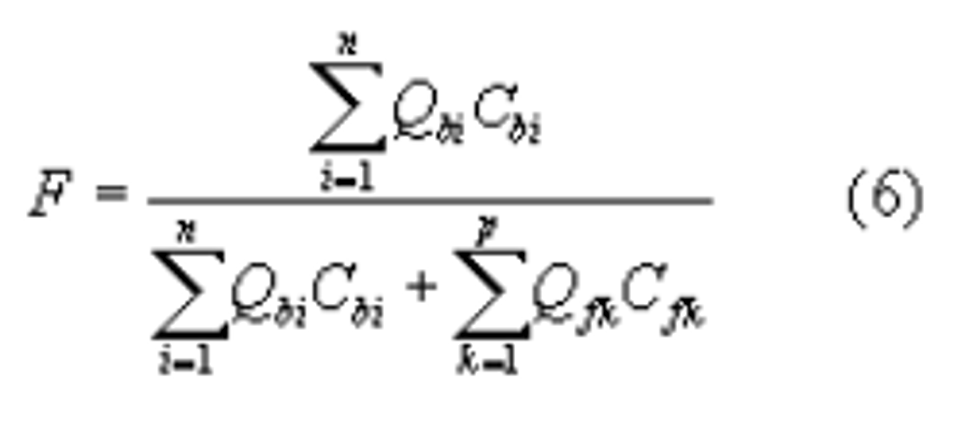
where:
n is the number of gas streams entering the control device
p is the number of gas streams emitted directly to the atmosphere.
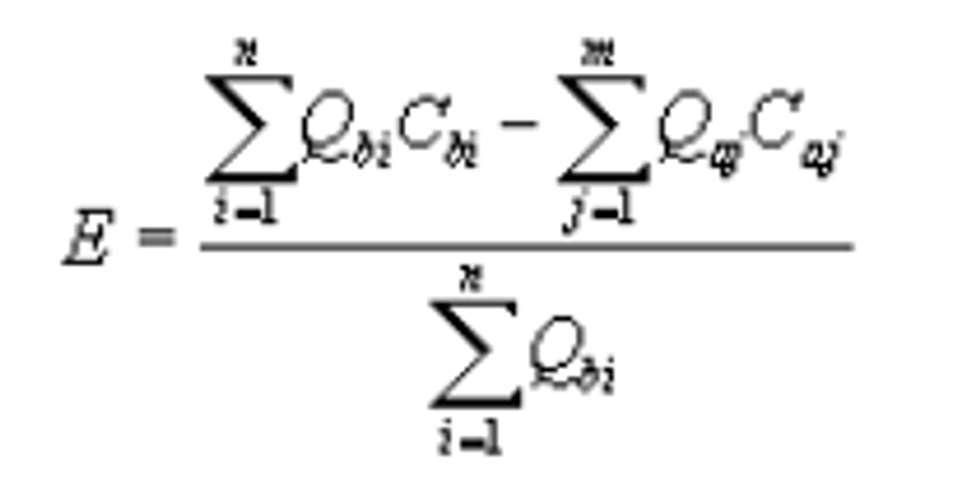
where:
n is the number of gas streams entering the control device, and
m is the number of gas streams leaving the control device and entering the atmosphere.
(B) Determine the destruction efficiency of the control device (E) using values of the volumetric flow rate of each of the gas streams and the VOC content (as carbon) of each of the gas streams in and out of the device by the following equation:
(C) Determine overall reduction efficiency (R) using the following equation:
R = EF (8)
(ii) Calculate the volume-weighted average of the total mass of VOC's per unit volume of applied coating solids (G) during each calendar month for each affected facility using equations (1), (2), (3) if applicable, and (4).
(iii) Calculate the volume-weighted average of VOC emissions to the atmosphere (N) during each calendar month by the following equation:
N = G(1?R) (9)
(iv) If the volume-weighted average mass of VOC's emitted to the atmosphere for each calendar month (N) is equal to or less than 0.90 kilogram per liter of applied coating solids, the affected facility is in compliance.
(3) An owner or operator shall use the following procedure for any affected facility that uses a control device for VOC recovery (e.g., carbon adsorber) to comply with the applicable emission limit specified under �60.452.
(i) Calculate the total mass of VOC's consumed (Mo + Md) and the volume-weighted average of the total mass of VOC's per unit volume of applied coating solids (G) during each calendar month for each affected facility using equations (1), (2), (3) if applicable, and (4).
(ii) Calculate the total mass of VOC's recovered (Mr) during each calendar month using the following equation:
Mr = Lr Dr (10)
(iii) Calculate overall reduction efficiency of the control device (R) for each calendar month for each affected facility using the following equation:
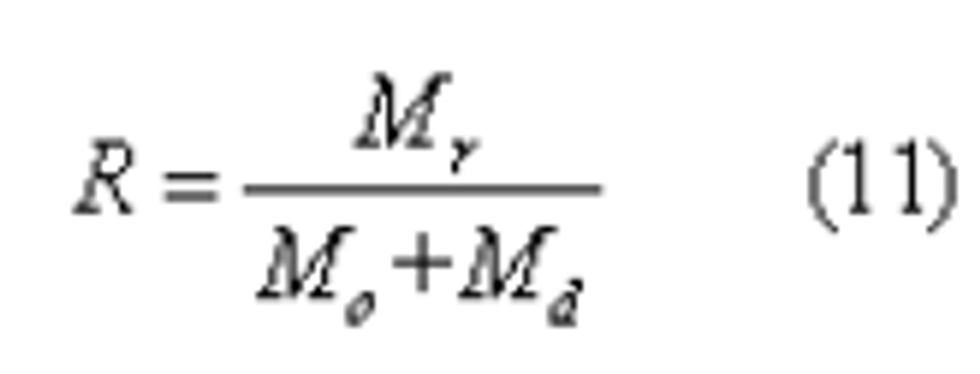
(iv) Calculate the volume-weighted average mass of VOC's emitted to the atmosphere (N) for each calendar month for each affected facility using equation (9).
(v) If the volume-weighted average mass of VOC's emitted to the atmosphere for each calendar month (N) is equal to or less than 0.90 kilogram per liter of applied coating solids, the affected facility is in compliance. Each monthly calculation is considered a performance test.
[47 FR 47785, Oct. 27, 1982, as amended at 65 FR 61761, Oct. 17, 2000]
['Air Programs']
['Air Quality']
UPGRADE TO CONTINUE READING
Load More
J. J. Keller is the trusted source for DOT / Transportation, OSHA / Workplace Safety, Human Resources, Construction Safety and Hazmat / Hazardous Materials regulation compliance products and services. J. J. Keller helps you increase safety awareness, reduce risk, follow best practices, improve safety training, and stay current with changing regulations.
Copyright 2025 J. J. Keller & Associate, Inc. For re-use options please contact copyright@jjkeller.com or call 800-558-5011.
